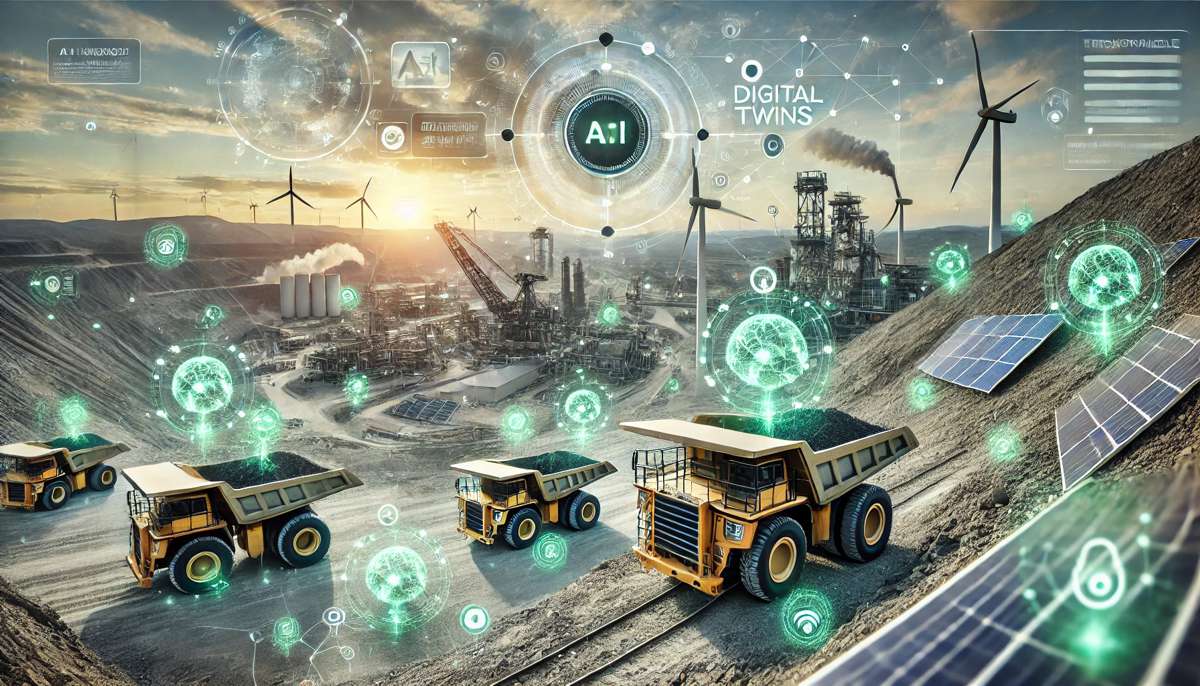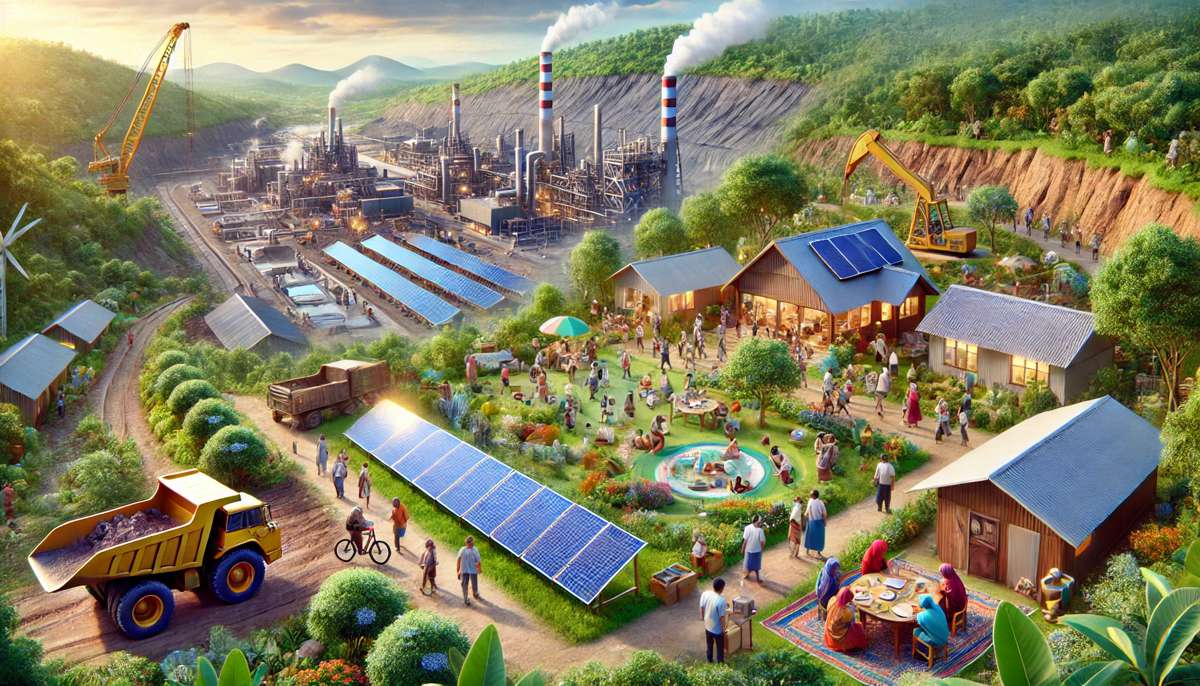Socially Responsible Mining in Developing Nations
Mining remains a linchpin in the economic landscape of many developing nations. It generates significant revenue, provides employment, and serves as the backbone for industrial growth. Yet, the industry’s darker side—the environmental degradation, community displacement, and potential human rights abuses—can’t be ignored.
Adopting a socially responsible approach is not just ethical but also essential for long-term sustainability. This guide explores the role of mining, the need for responsible practices, and the benefits of sustainable operations, offering a blueprint for mining companies to follow.
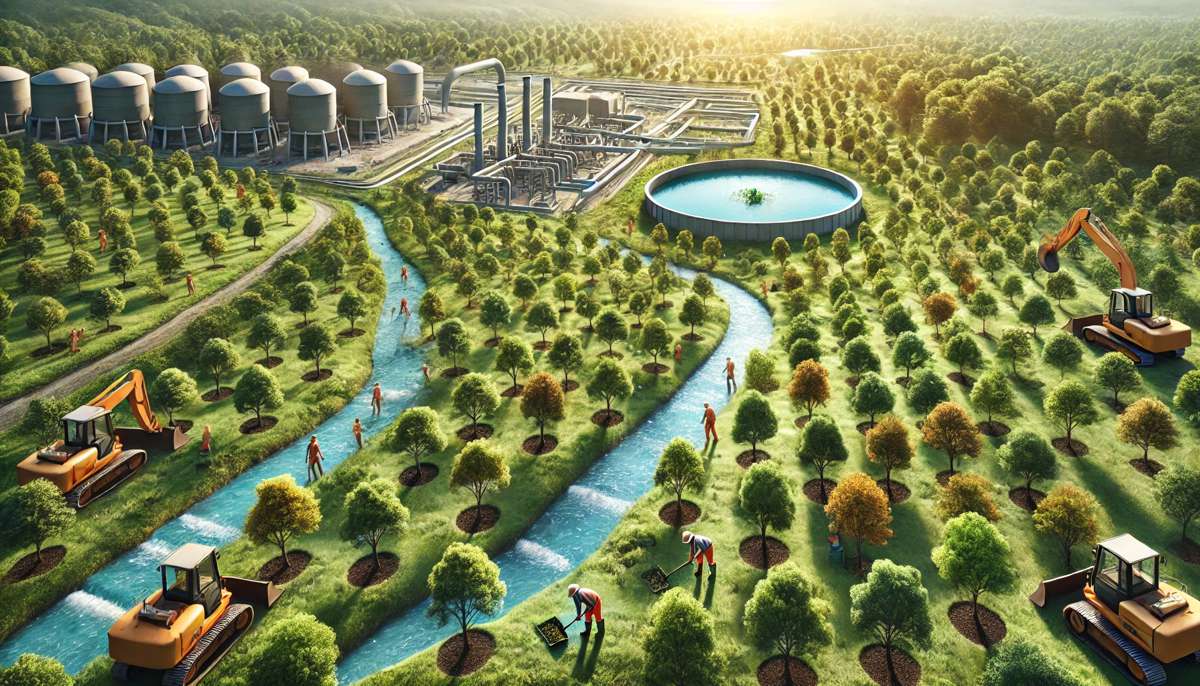
The Critical Role of Socially Responsible Mining
Mining is more than just the extraction of minerals; it’s a powerful engine of economic development, especially in resource-rich developing countries. In regions where alternative industries may be sparse, mining operations provide essential jobs and spur local business activities.
For many developing economies, mineral exports constitute a significant portion of GDP, contributing directly to infrastructure, healthcare, and education.
However, mining also has its pitfalls. The environmental impact can be devastating if not managed responsibly. Soil erosion, water pollution, and deforestation are just some of the ecological concerns that can arise. Moreover, the social ramifications can be severe, particularly for indigenous and rural communities that may face displacement, loss of livelihood, and cultural erosion.
Striking a balance between these competing interests is no easy task, yet it’s imperative for the sustainability of both the industry and the communities it affects.
The Mining Lifecycle
Mining projects are complex ventures that follow a multi-phase lifecycle. Understanding each stage helps companies integrate socially responsible practices from the outset:
- Exploration: At this initial stage, geological experts assess the feasibility of a mining site. Detailed surveys and soil sampling determine the site’s potential. If resources are deemed insufficient, projects are often abandoned. Here, environmental assessments play a crucial role in ensuring that exploratory activities do not cause undue harm to the ecosystem.
- Planning: If the site proves viable, companies enter the planning phase. This is where the groundwork for sustainable operations is laid. Environmental impact assessments, social consultations, and regulatory compliance checks are conducted. It’s at this point that companies decide whether the potential benefits outweigh the costs, not just in financial terms but also ethically and socially.
- Development: Once planning is complete, mining companies move into development, involving significant construction efforts. Infrastructure such as access roads, power supplies, and worker accommodations must be established. Legislative approvals are obtained, and community engagement continues to ensure that locals are not adversely affected.
- Production: During the production phase, minerals are extracted, processed, and transported to markets. Ensuring worker safety and environmental safeguards becomes critical. Regulatory bodies like the Mine Safety and Health Administration (MSHA) regularly inspect sites to ensure compliance with safety and environmental standards.
- Closure and Reclamation: When a mine reaches the end of its life, closure is necessary to prevent long-term environmental damage. This involves stabilising the soil, treating contaminated water, and replanting native vegetation. Properly executed mine closure can transform former mining sites into productive community spaces or conservation areas.
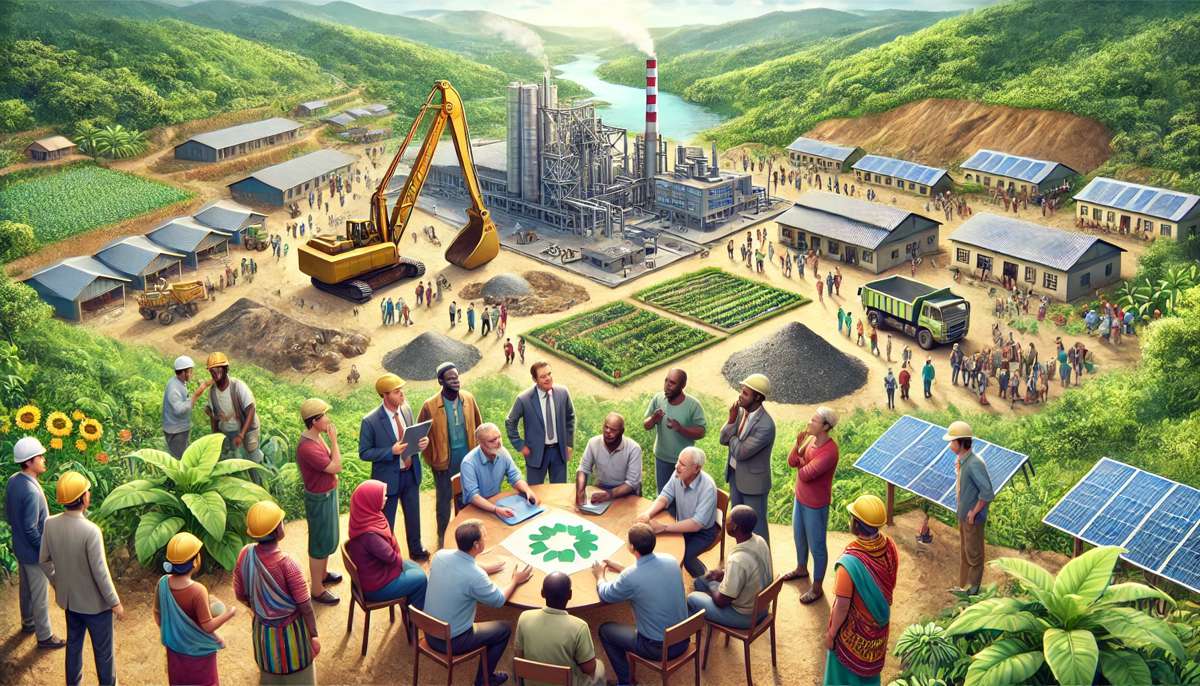
Modern Mining Techniques and Environmental Impacts
Mining is not a monolithic process; various techniques are employed depending on the type of mineral and geology of the site. Each method has unique environmental challenges.
Surface Mining vs. Underground Mining
Surface mining, often referred to as open-pit mining, involves removing the top layers of soil to access buried minerals. This method is widely used for extracting resources like coal and copper. While it’s cost-effective, surface mining leaves a lasting scar on the landscape, destroying habitats and potentially contaminating groundwater. It often requires extensive land clearing, which can lead to soil erosion and loss of biodiversity.
In contrast, underground mining involves digging tunnels deep beneath the earth’s surface. While this method disturbs less surface area, it can still cause significant groundwater contamination if chemicals used in the process seep into aquifers. Moreover, underground mines pose heightened risks to worker safety due to cave-ins, toxic gases, and limited ventilation.
In-Situ and Placer Mining
In-situ mining represents a more modern approach where chemicals are injected underground to dissolve minerals, which are then pumped to the surface. While this method avoids extensive surface disruption, it carries a significant risk of contaminating groundwater if not managed carefully. Rigorous testing is needed to ensure the chemicals don’t seep into surrounding water supplies, impacting local communities.
Placer mining, commonly associated with the historic gold rush, involves sifting through riverbeds to extract minerals. Though less invasive, placer mining can still disrupt local ecosystems and contaminate waterways, especially when mercury or cyanide is used in the extraction process.
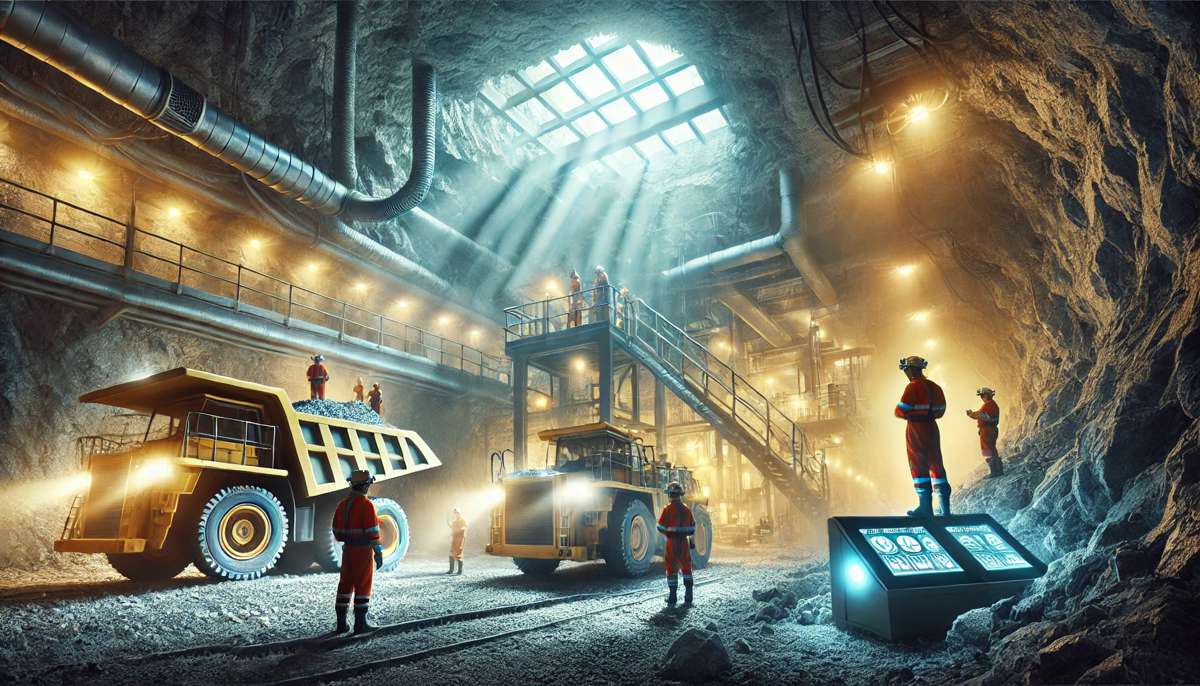
Unpacking the Benefits and Drawbacks of Mining
The impact of mining is a double-edged sword. On the one hand, it offers substantial benefits by driving economic growth and infrastructure development. On the other hand, it poses risks to both the environment and society if not conducted responsibly.
Economic Benefits
Mining is a significant source of revenue for developing nations, contributing to national budgets through taxes, royalties, and export earnings. These funds can be reinvested into social programs, healthcare, and education, fostering broader economic development.
The sector also stimulates job creation, not only directly within the mines but also indirectly in supporting industries like transportation, equipment manufacturing, and waste management.
Moreover, mining can improve local infrastructure. Roads, bridges, and power grids built to support mining operations often remain long after the mines have closed, benefiting local communities. However, the challenge is ensuring that these benefits are equitably distributed rather than concentrated in the hands of a few stakeholders.
Social and Environmental Costs
The environmental footprint of mining is vast. Water pollution, air quality degradation, and deforestation are some of the most pressing concerns. For communities living near mining sites, the impact can be life-changing. Residents may face health risks due to air and water contamination. In extreme cases, entire communities may be displaced to make way for mining projects.
The social costs extend beyond the physical environment. In regions with weak governance, mining revenues can be misappropriated, fuelling corruption rather than uplifting local economies. Furthermore, poorly managed mine closures can leave behind ghost towns, with abandoned sites posing hazards to both humans and wildlife.
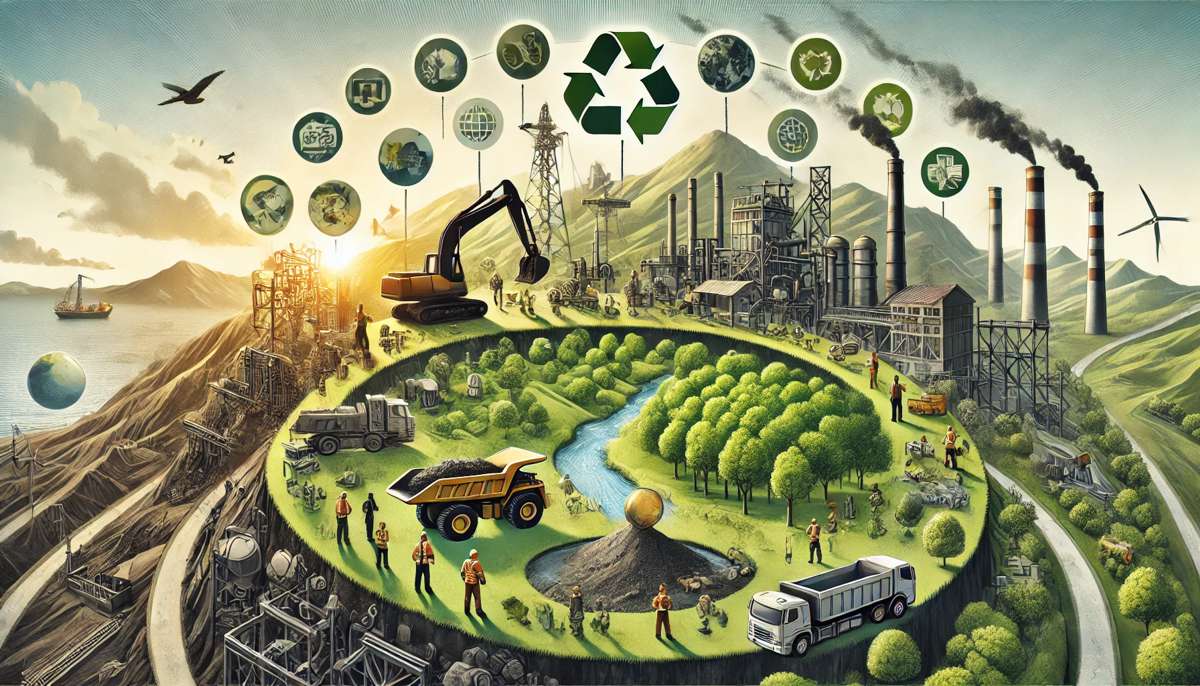
Paving the Way for Ethical and Sustainable Mining Practices
The mining industry is gradually recognising the need to integrate sustainability into its operations. Several strategies can help companies achieve this goal:
Reducing Environmental Impact
Mining companies are increasingly adopting green technologies. For example, Epiroc is pushing towards a fully electric fleet of mining equipment by 2030, significantly reducing carbon emissions. Additionally, recycling materials like copper and steel can save energy and reduce waste, extending the life of mines.
Effective waste management is another critical area. Toxic by-products should be carefully treated and disposed of to prevent groundwater contamination. Some companies are even turning waste materials into construction aggregates, contributing to the circular economy.
Enhancing Community Engagement
Socially responsible mining involves more than just reducing environmental harm; it’s also about uplifting the communities in which mines operate. Companies must engage with local stakeholders, ensuring their voices are heard throughout the project lifecycle. This involves transparent communication about the potential risks and benefits of mining operations.
Moreover, providing fair wages, safe working conditions, and healthcare support can significantly improve the well-being of mining communities. Investing in local infrastructure and education can leave a lasting positive legacy long after the mine has closed.
Innovation and the Future of Mining
Innovation is at the heart of modern mining. Technologies like digital twins, AI-driven sensors, and remote monitoring systems are transforming the industry. These advancements not only improve efficiency but also enhance safety and sustainability.
Digital twins allow companies to create virtual replicas of mines, enabling them to optimise processes, predict failures, and reduce waste. AI-driven sensors can monitor air quality and machinery health in real-time, reducing the risk of accidents. Furthermore, the adoption of electric vehicles, such as the electric trolley trucks used in Sweden’s Kristineberg mine, is helping to lower the sector’s carbon footprint.
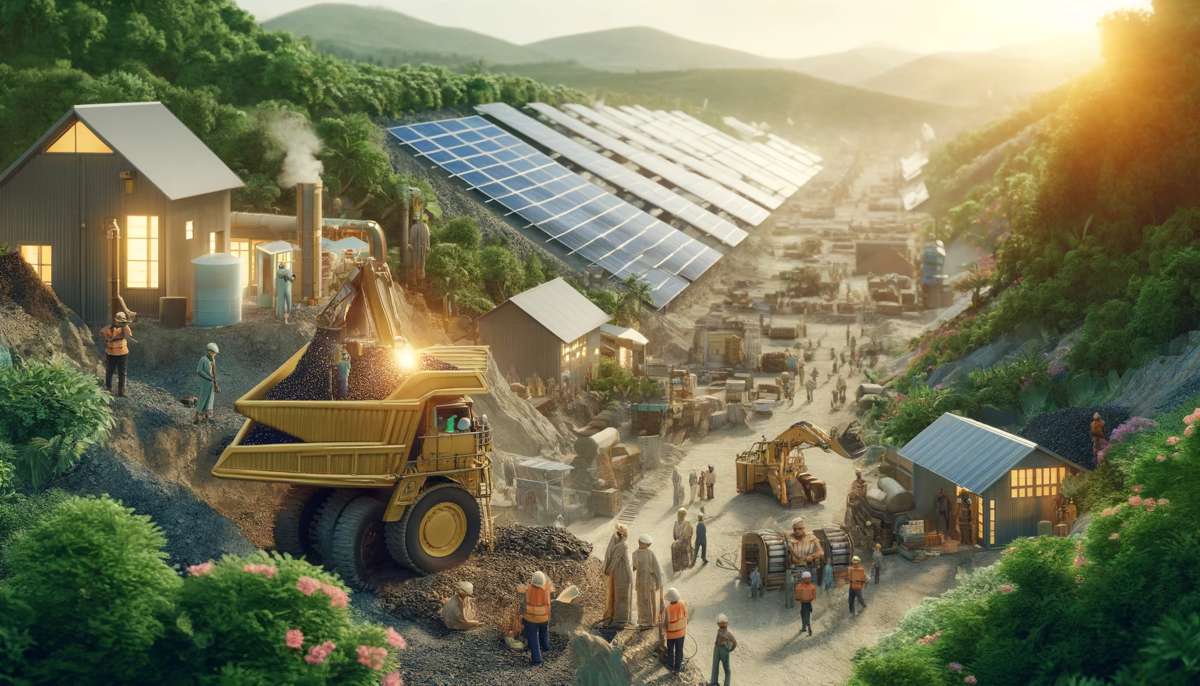
A Sustainable Future for Mining
The future of mining hinges on its ability to adapt to modern standards of sustainability and social responsibility. As the demand for minerals continues to grow—driven by the rise of renewable energy technologies, electric vehicles, and consumer electronics—mining companies have a unique opportunity to lead the way in adopting green, ethical practices.
By embracing innovation, engaging with local communities, and prioritising worker safety, the industry can shift towards a model that not only extracts resources but also enriches the world it touches.
The mining sector’s success will no longer be measured solely in tonnes extracted or revenues earned, but in its positive impact on people, communities, and the planet.
